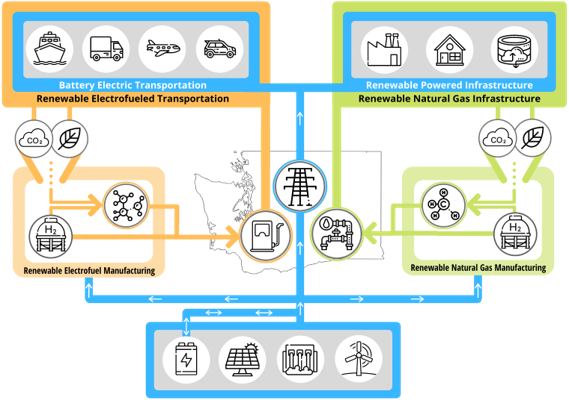Leaving things for the better
jacob.leachmanToday I begin professional leave to pursue a moonshot: a paradigm changing concept for hydrogen cooling and liquefaction. Faculty are eligible for leave every six years, this is my 11th year at WSU and will be my first leave. The purpose of leave is to allow for intense focus and re-training. With many state and federal programs starting to show interest in liquid hydrogen the timing couldn’t be better. With 30 people in the lab and a big move to a new building underway the timing couldn’t be worse. Regardless, we have a very important year ahead.
It is only the second professional leave from … » More …

